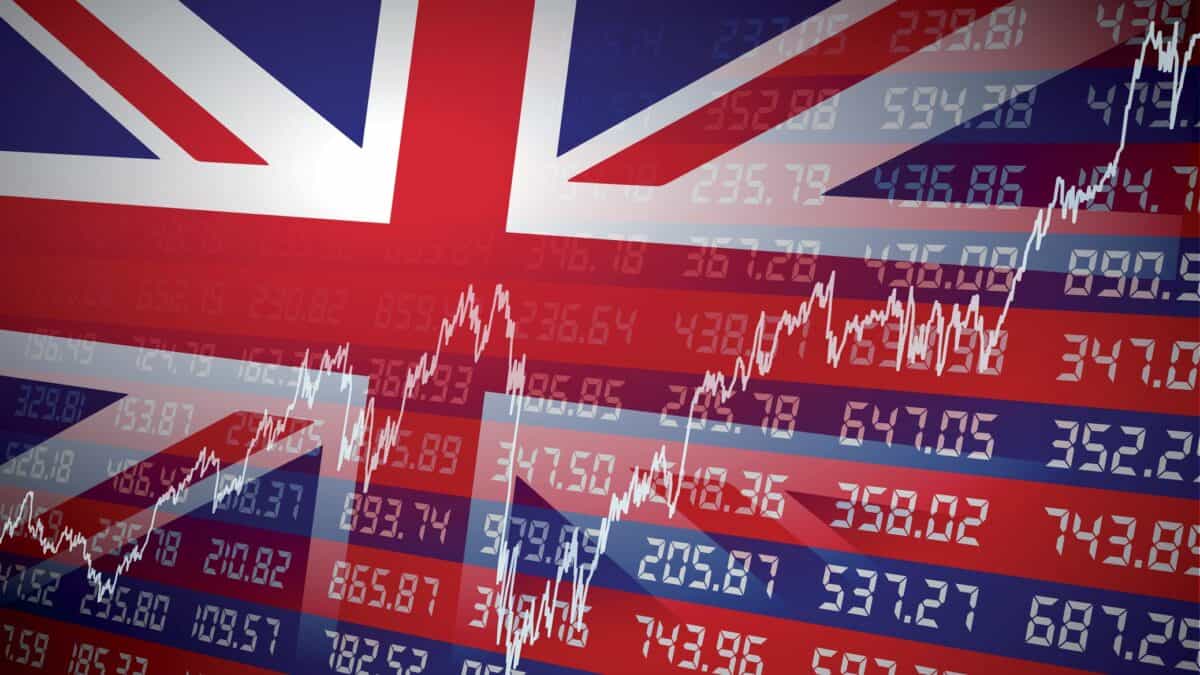
Image source: Getty Images
The BP (LSE: BP.) share price has had a bumpy ride ever since the 2022 energy shock started to unwind. After peaking at 560p in February 2023, it slid as low as 331p on 11 April. Now it’s edging back up, trading at just under 386p as I write on 22 June.
Some of that jump is due to Donald Trump rowing back on his so-called liberation day tariffs, which lifted stocks across the board. But BP is also getting a push from rising tensions in the Middle East.
As war talk drives up the oil price, the BP price has climbed 8% in the last month, while the FTSE 100 has barely moved, up just 0.4%. That outperformance would have turned a £10,000 investment into £10,800, a tidy return in just four weeks. BP shares are still down 18% in a year, so long-term investors are well down, even after dividends.
Geopolitics and oil
The oil price has jumped from just over $60 a barrel to $77 this month. And when oil rises, so do BP’s revenues.
Events in Iran could send oil prices higher still. If Tehran responds by blocking the Strait of Hormuz, a key route for global oil shipments, prices could go through the roof. But that would come at a cost to its own economy and could alienate powerful trading partners like China, so it’s far from a certainty.
BP is still making money. Renewables are growing, but oil nonetheless accounts for 31% of global energy use, and gas another 24%. Q1 results, published on 29 April, showed reported profit rebounded to $700m, a marked improvement from the $2bn in Q4 2024.
Operating cash flow came in at $2.8bn, despite a $3.4bn working capital build, but net debt grew to a pretty hefty $27bn.
The board approved a dividend of 8 cents per share and rolled out another $750m quarterly share buyback. It also reiterated its target of distributing 30% to 40% of operating cash flow to shareholders over time. The trailing dividend yield stands at around 6.3%, which looks generous.
Big rewards, bigger risks
There are obvious dangers. OPEC+ producers could open the taps to try counter war concerns or, in the case of Saudi Arabia, win back market share lost to US shale. A slump in oil prices would kill the BP recovery.
Sluggish global growth may hit demand, and renewables may keep getting cheaper. At some point, the economics will tip further against fossil fuels. BP also faces pressure from climate activists, while trying to keep shareholders on side. Balancing those demands has baffled BP for years.
Even so, energy demand keeps rising, in wartime and peacetime alike. The boom in AI and data centres will only add to that. While BP’s strategy may have been muddled, it now seems more focused on where it sees growth.
My own investment in the stock is still under water, despite the recent bounce. But I remain optimistic. Those willing to accept the volatility might consider buying, after weighing up the pros and cons, as part of a broader portfolio.









